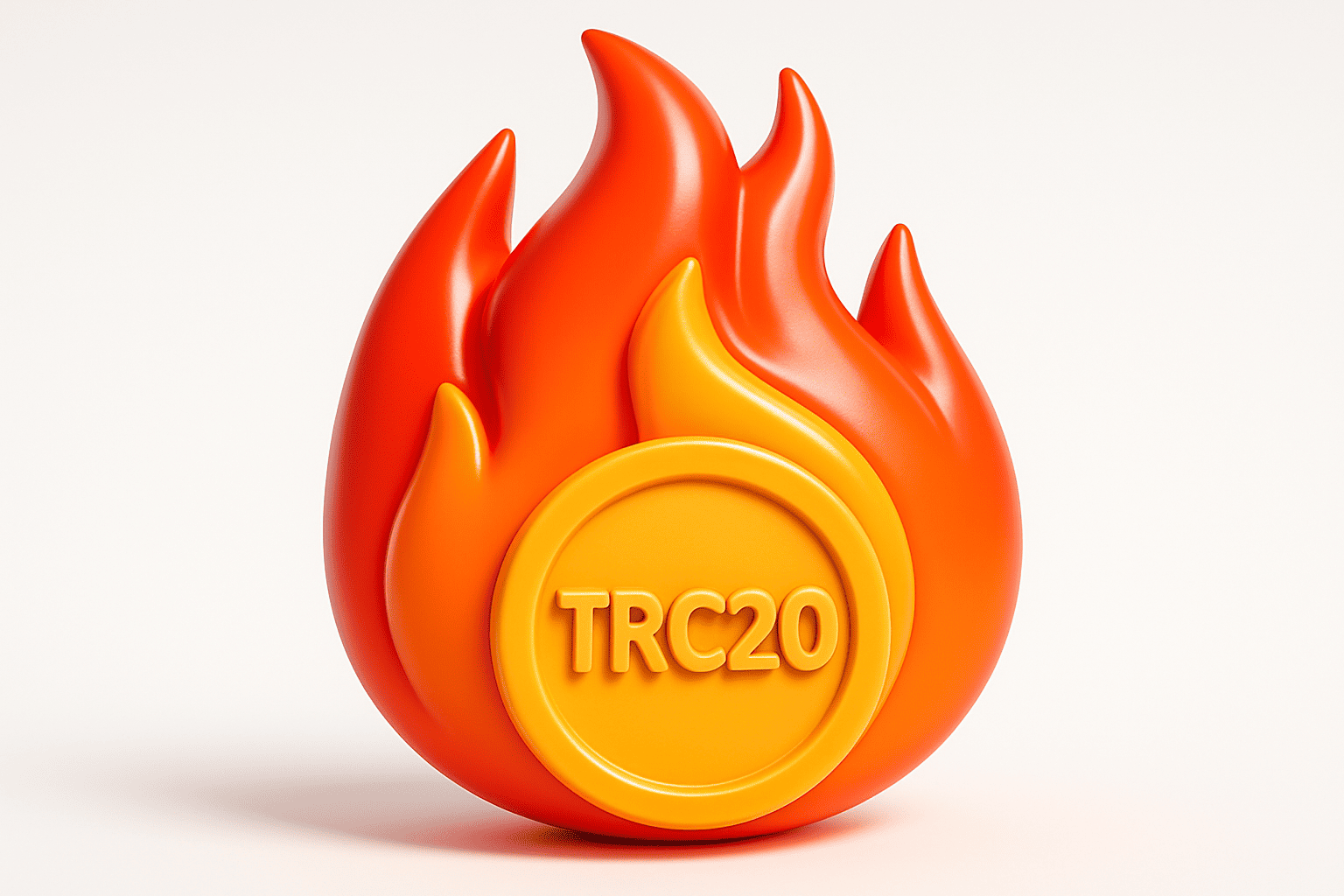Popular cryptos
Aptos
Download app Ironwallet and get tool for making transaction without network fee
About Aptos
Aptos is a new Layer 1 blockchain protocol that launched in 2022 with the goal of providing speed, scalability, security, and ease of development for decentralized applications (dApps). Created by a team with experience from Meta, Google, Stripe, and more, Aptos aims to solve some of the challenges faced by networks like Ethereum and drive mainstream blockchain adoption.
Aptos Origins
Aptos was founded by former Meta employees Mo Shaikh and Avery Ching, along with Meta’s former head of blockchain David Marcus. Disappointed with the slow pace of innovation in existing crypto networks, they set out to build a faster, more scalable and developer-friendly Layer 1 blockchain.
After input from top researchers in crypto consensus and distributed databases, Aptos Labs launched in May 2021, backed by $350 million dollars in venture capital funding from investors like a16z. The company began developing the Aptos protocol to use an UTXO data model, parallel execution, and new Move smart contract language.
Key Features of Aptos
Move LanguageUnlike most blockchains using Solidity, Aptos was built from the ground up to exclusively use Move, a new safe programming language created by Meta. Move uses resource types over primitive data types like strings or integers to allow formal verification of code and makes it more secure against bugs. Assets and data are moved between resources clearly to avoid inconsistencies or double counting. This clarity and security makes developing and verifying Move smart contracts easier for programmers.
Parallel ExecutionAptos uses parallel execution of transactions to optimize speed and scalability. Transactions that do not conflict with each other can execute simultaneously across multiple nodes. This allows higher throughput over networks that enforce strict order serialization like Bitcoin. Combined with fast finality due to the consensus algorithm, Aptos claims a theoretical 10x improvement in transaction processing speed over other Layer 1s.
Modular DesignAptos utilizes a modular design to make it easy to upgrade aspects of the network over time without being too disruptive. Consensus rules, transaction logic, and node mempools have been developed as independent components that can be swapped out per a predefined on-chain governance process. This future-proofs the blockchain and allows it to safely adopt better technologies as they emerge.
Aptos Consensus Protocol
Aptos reaches consensus and finality between nodes using a variant of HotStuff called BFT Consensus. This Byzantine Fault Tolerant protocol can achieve 1-2 second block production in optimal network conditions. Along with parallel execution, it enables high throughput of 150-200 transactions per second, expanding up to 2000 per second through sharding in the future.
The BFT Consensus also utilizes a locking mechanism to prevent forked chains and ensure quick, irreversible finality of transactions with minimal block reorgs. Overall, it optimizes for safety, liveness and speed. Aptos has inhibitors to prevent DDoS attacks as well as mechanisms to punish unavailable or non-performing validators.
Aptos Tokenomics
APT TokenThe native token of the Aptos blockchain is APT. As a utility token, APT has multiple use cases. It allows holders to participate in governing consensus node selection and improvement proposals for the blockchain. APT is also used to pay gas fees for deploying or interacting with smart contracts on Aptos. It may be used as payment between users as a currency.
Token DistributionThe total supply of APT is 10 billion tokens. 15% of this was sold during a $350 million funding round in mid 2022 to institutional backers and strategic partners like Multicoin Capital and PayPal Ventures. 10% is allocated to the Aptos foundation as well as seed investors, 20% goes toward community initiatives and 55% is reserved for staking rewards for validators.
Use of FundsMost of the large funding round is used to continue actively developing the blockchain and tooling by Aptos Labs developers. It also goes toward supporting applications built on the network, partnerships and community governance initiatives. A portion goes to the non-profit Aptos Foundation which supports academia and guides standards for the protocol.
Aptos Development and Adoption
dApps and IntegrationsThus far Aptos development has primarily been led internally by Aptos Labs. They have released helpful SDKs, documentation and tutorials for the Move language to help external teams start building. Their strong technical support has led projects like Chainlink, Dapper Labs and Aztec to announce integration plans.
Consumer applications like wallets (MetaMask), exchanges (FTX) and bridges (Anyswap) have already integrated Aptos shortly after mainnet launch. More complex dApps for DeFi, infrastructure and NFTs are actively developing on its testnet in verticals like gaming, social and identity. Its speed and Move language seem to attract developers focused on user experience.
Community GrowthAs a newcomer protocol, Aptos has significant ground to cover in establishing a decentralized community. Thus far engagement seems positive among Layer 1 cryptocurrency enthusiasts on platforms like Twitter and Discord. The Aptos foundation plans to rapidly decentralize governance in stages over 1-2 years as it builds safety, tooling and guides use cases with large ecosystem funds.
Comparison to Other Blockchains
As an UTXO proof-of-stake layer 1 blockchain optimizing for speed, safety and easy dApp development, Aptos is most similar to Solana and Polkadot. Each make different design choices like programming language and consensus rules that cater to slightly different use cases.
For example, Solana prioritizes industry-leading TPS for scalability over a sharded model like Polkadot’s that connects customized side chains. Move on Aptos favors safety and verification over prevalent languages like Rust and Solidity. There remains much room for multiple layer 1s as Ethereum alternatives based on their performance, features and community adoption.
Conclusion
In conclusion, Aptos brings some unique capabilities to cater to mainstream applications with a new blockchain protocol focused on safety, speed and easy dApp integration. With strong funding and an expert technical team, it shows promise to overcome issues that have plagued networks like Ethereum and drive real-world blockchain adoption across devices and platforms in the coming years.
However, as a young network launched mid-2022 Aptos remains mostly conceptual and faces execution risk in delivering on its promises at scale. As its decentralized community grows, the utility of the APT token and governance processes will also come into focus beyond the core technological innovation to determine mainstream viability long term.





















